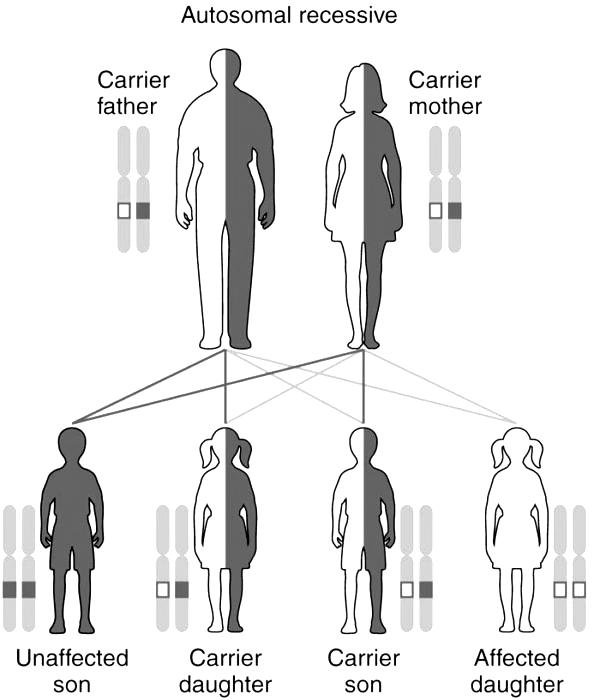Defining Characteristics & Research Significance
Being born severe to profoundly deaf or gradually losing hearing, losing vision starting in infancy or later in adolescence, and being born with severe balance problems are the three conditions that people with Usher syndrome look for according to the type (1, 2 or 3) they suffer from.
Usher syndrome is the most common cause of deafblindness in children. It represents between 3 and 6% of all childhood deafness. 50% of people with deafblindness in developed countries are due to this syndrome. Its estimated prevalence ranges between 6-17/100,000.
Usher syndrome is a rare genetic condition first described in 1858. It is an autosomal recessive hereditary disorder, thus inherited from parents to children, which only manifests itself in 25% of cases in which both parents are carriers of the mutation.
There are three types of Usher syndrome according to their severity: type 1, 2 and 3
Type 1 is the most severe and profoundly affects hearing and balance from birth, and vision during childhood. Types 1 (and 3) experiment severe balance problems due to vestibular dysfunction. Type 2 is slower in progression, with individuals losing hearing and vision later in life.

Usher syndrome is characterized by affecting three main senses: hearing, vision and balance.
